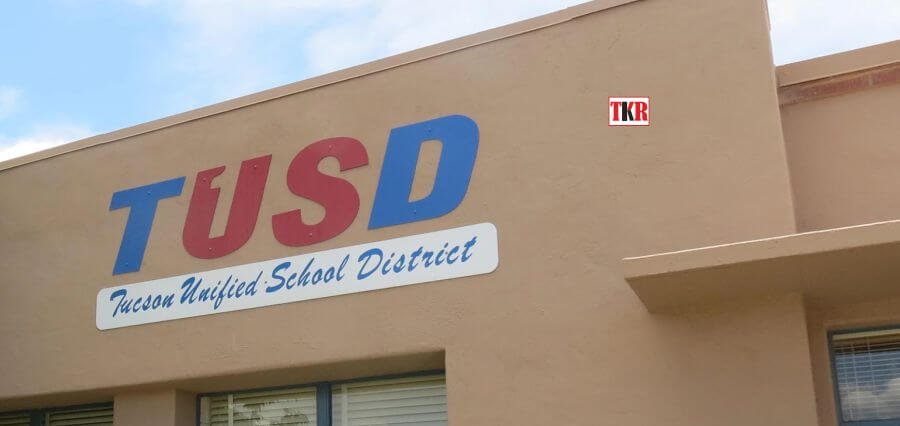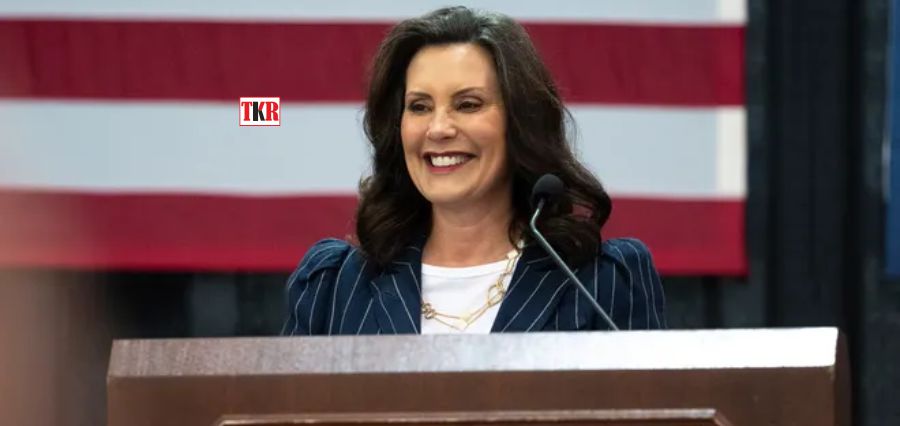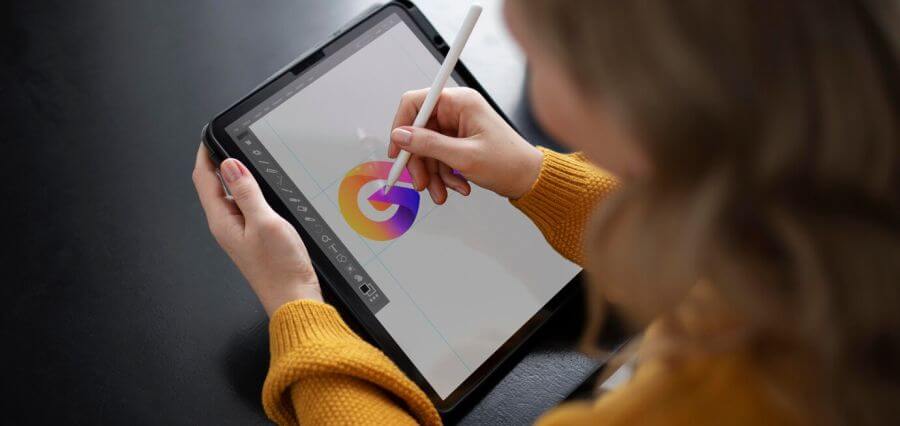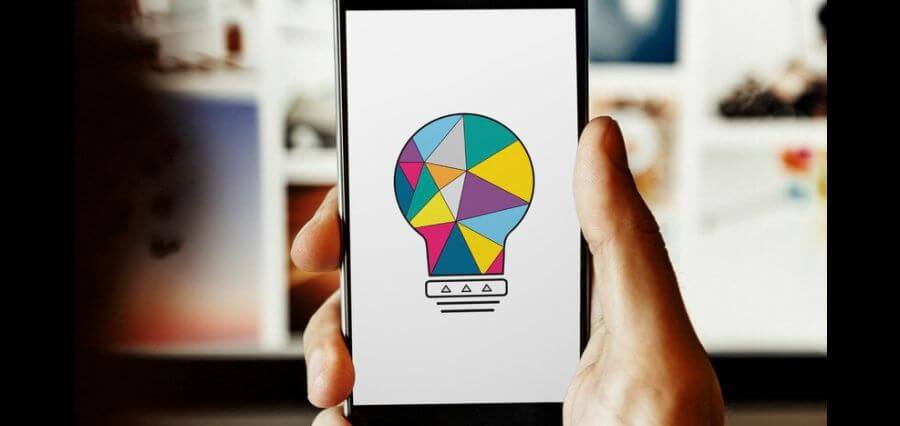A Worldwide Phenomenon
A phenomenon that crosses boundaries and celebrates the vast diversity of our global civilization is emerging in the colorful fabric of contemporary art. The concept of cultural fusion in modern art is international and embodies the spirit of an interconnected globe in which many customs, races, and cultures influence artists. It’s evidence of the ability of art to unite people, cross barriers, and produce something fresh and remarkable. The world of cultural fusion in modern art is intriguing, where imagination is unrestricted, and the outcomes are incredibly motivating.
A Creative Kaleidoscope of Cultural Fusion
A mirror held up to the complexity of our interconnected world, contemporary art has always been a reflection of the times. The potential of modern art to draw inspiration from a wide range of nations, traditions, and viewpoints is what makes it unique. This international flow of ideas and influences is embodied in cultural fusion, which results in an artistic kaleidoscope that is impossible to label.
Various components combine to create engaging works that address the universal human experience on the artist’s canvas. Artists push the limits of their identities and create opportunities for understanding and appreciation during these times of fusion.
The Language of Visual Expression
Art can communicate across cultural boundaries and linguistic obstacles since it is a universal language. In contemporary art, the blending of various cultures is about more than just color and style; it’s about developing a visual language that speaks to people everywhere.
For instance, the bright, multicultural graffiti paintings that adorn urban landscapes and the works of artists like Yinka Shonibare, whose use of African textiles in European-inspired sculptures defies traditional concepts of identity, communicate to a global audience. These artistic manifestations connect people, irrespective of their cultural or geographical backgrounds.
Celebrating Diversity
Cultural fusion in contemporary art is not just about borrowing from other cultures; it’s about celebrating the diversity and the interconnectedness of our world. In a time when the importance of unity and understanding is paramount, art becomes a powerful vehicle for these messages.
Artists like Ghada Amer, who blends traditional Islamic calligraphy with modern feminist themes, or the collaborative efforts of international street artists who come together to create breathtaking murals, exemplify this celebration of diversity. These artists remind us that our differences should be embraced, not feared, and that cultural fusion might act as a spark for communication and interaction.
Pushing the Boundaries of Tradition
Tradition and innovation need not be at odds in contemporary art. Cultural fusion often occurs at the intersection of these two forces, where artists honor their cultural heritage while pushing the boundaries of tradition. This approach leads to the creation of art rooted in history and forward-thinking.
Consider the art of Chiharu Shiota, who combines traditional Japanese weaving techniques with modern installation art, or the fusion of classical Indian dance with contemporary choreography by artists like Akram Khan. These artists demonstrate that cultural fusion can be a source of rejuvenation, allowing tradition to evolve and remain relevant.
Fostering Cross-Cultural Understanding
Through art, viewers can put themselves in other people’s shoes and observe the world from many angles. Contemporary art incorporating several cultures promotes intercultural understanding by offering a glimpse into the real-life experiences of people with different backgrounds.
Artists who express empathy and conversation include Yayoi Kusama, whose works frequently fuse avant-garde ideas with aspects of Japanese culture, and the collaborative projects that bring together African and European artists for international exhibitions. Viewers are given insights into the ideals, challenges, and ambitions of individuals from all around the world through these artistic manifestations.
Global Inspirations and Local Expressions
Inspiration transcends national boundaries in the age of cultural fusion in contemporary art. Artists draw inspiration from a diverse range of cultural contexts to craft original narratives. The allure of this phenomenon is that, even when outside inspirations are welcomed, the final artwork frequently keeps a strong bond with its native place.
Consider the works of modern Chinese ink painters such as Xu Bing, who incorporates elements of both Western and Chinese artistic traditions, or the artists of the African diaspora, whose compositions both reflect and echo the lively rhythms of their native countries. These artists show how cultural fusion may enhance regional and local expressions and foster intercultural communication.
A World of Possibilities
The world of contemporary art is brimming with possibilities as cultural fusion unfolds. Geographical limitations do not bind artists, and cultural barriers no longer restrict audiences. This global phenomenon offers artistic exploration and exchange, where creativity flourishes without constraints.
Artists like Shirin Neshat, who explores the complexities of Iranian identity within the global context, or the collective efforts of indigenous artists who share their stories through a global lens, remind us that the possibilities are limitless. Cultural fusion in contemporary art opens doors to new narratives, challenging us to reevaluate our assumptions and biases.
Conclusion
A global phenomenon that captures the spirit of today’s interconnected society is cultural fusion in modern art. It’s an opportunity to investigate the potential of a borderless world while celebrating the variety of influences that have shaped our global civilization. Art challenges convention promotes variety, and deepens one’s connection to one’s local roots while advancing cross-cultural understanding through the language of visual expression. Art is a tremendous unifying force that transcends cultural boundaries and serves as a constant reminder of our common humanity in this age of cultural fusion.









